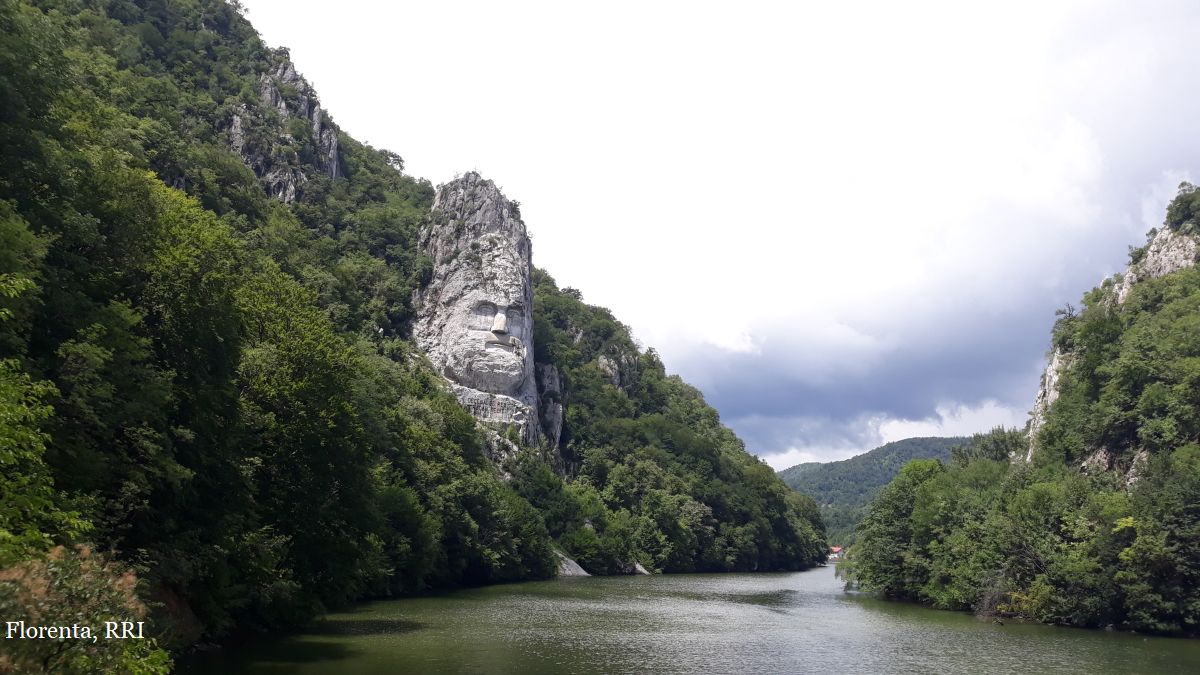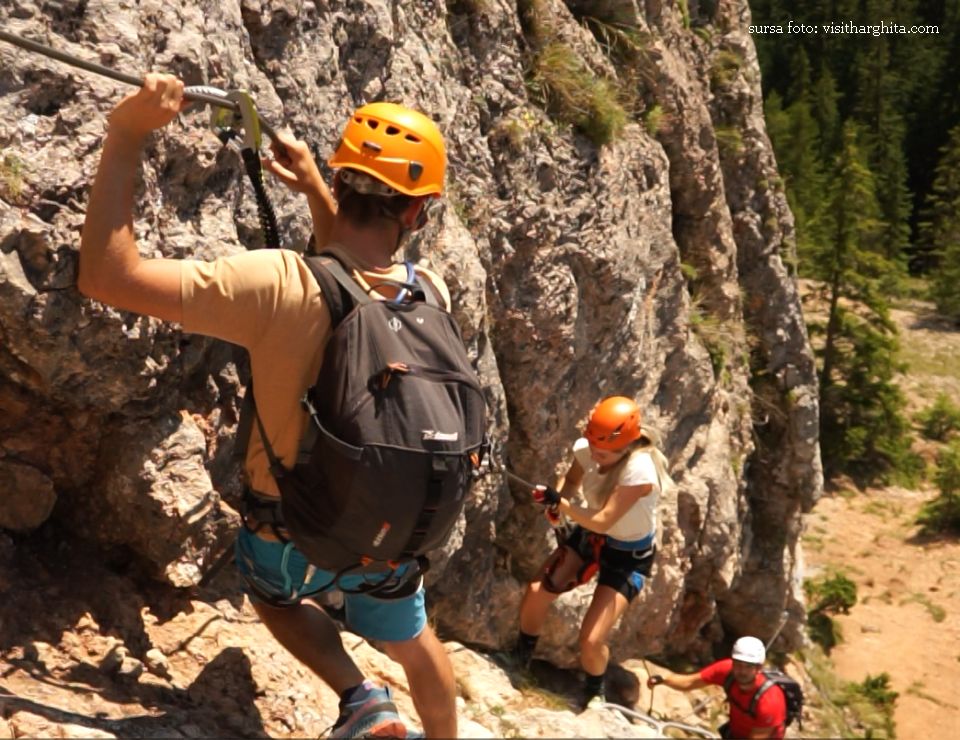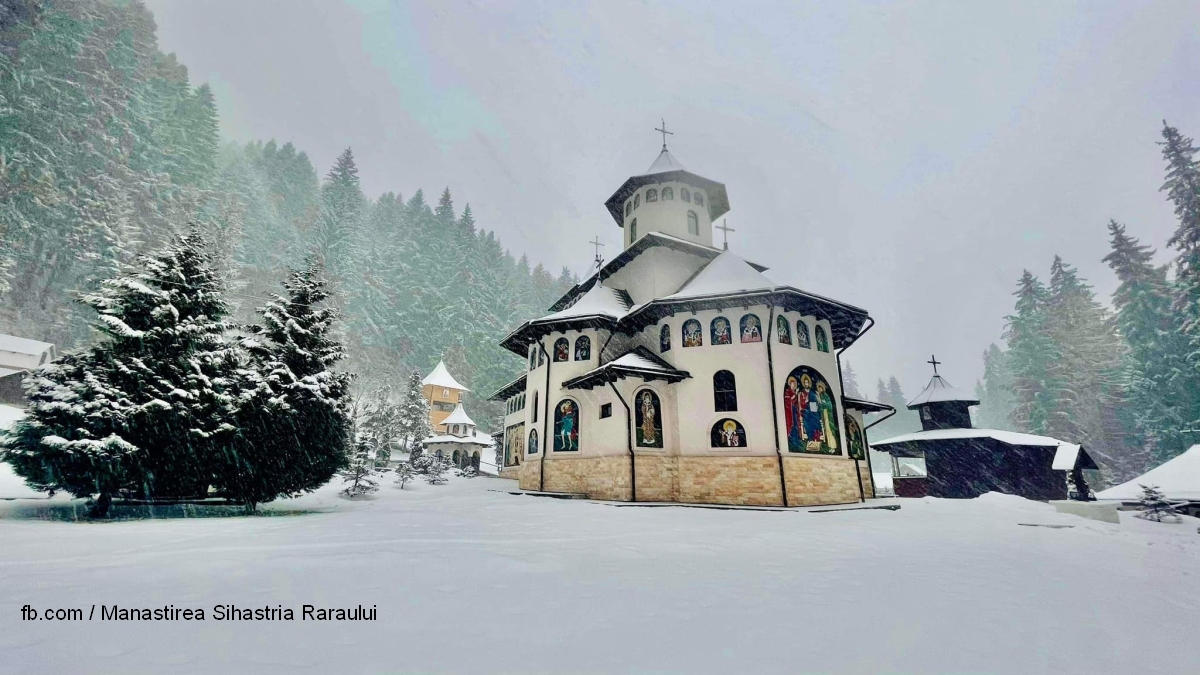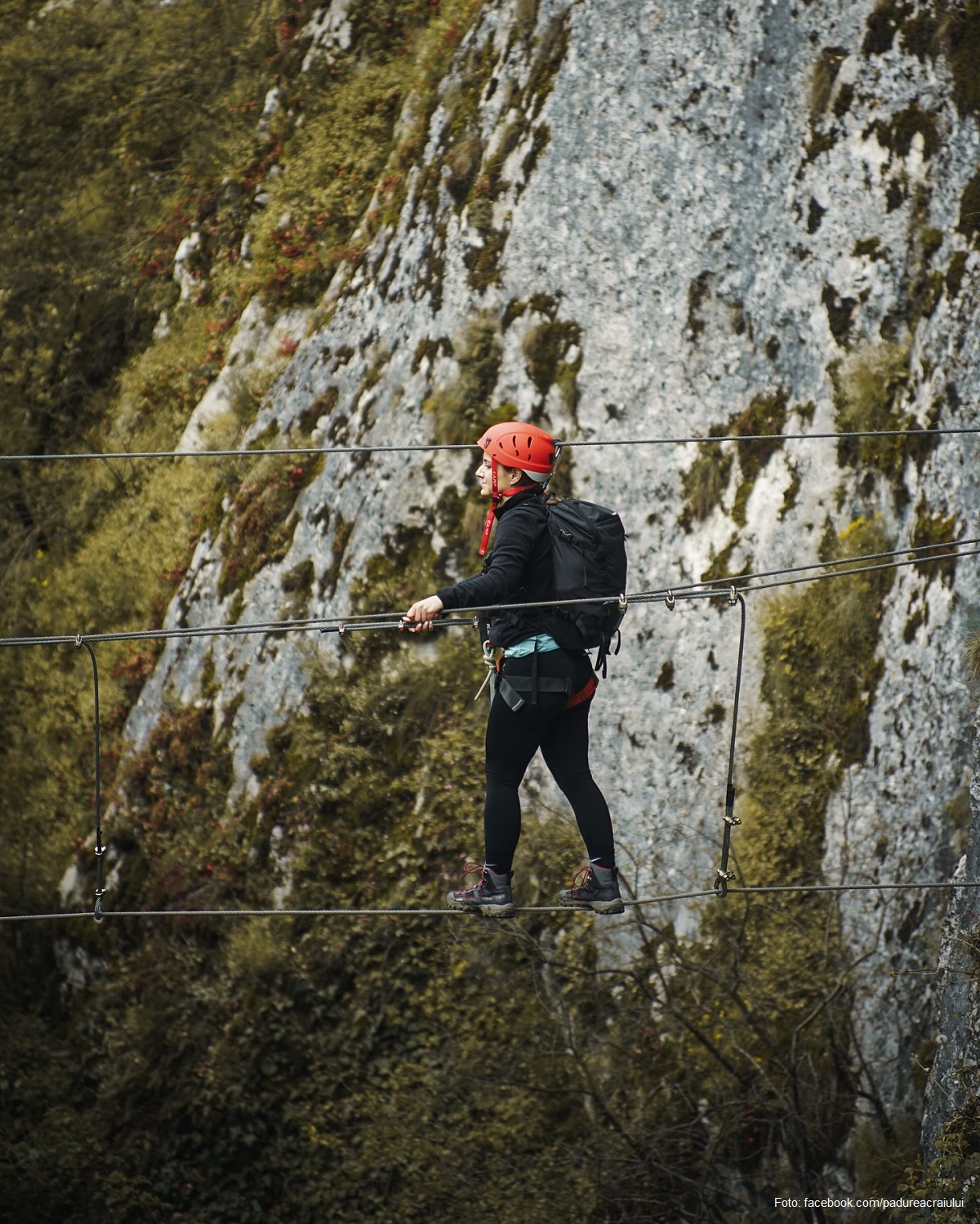Romanian cities and their proud past
The city of Timisoara, in the west, has reopened its gates to visitors worldwide
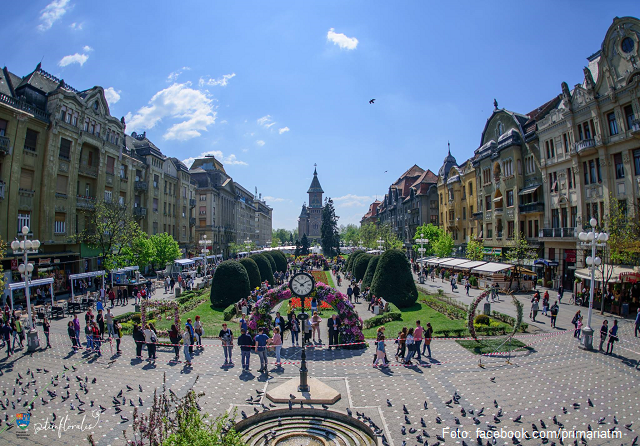
Daniel Onea, 02.06.2022, 14:00
We heading, today, towards one of western Romanias biggest cities, Timisoara. In 1711, Central and South-eastern Europes first German-language newspaper was printed in this city. It was also in Timisoara that Hapsburg Empires first public library with a reading room was built. At present, the city boasts three theaters in three different languages. Between 1880 and 1914, Timisoara was the regions leading industrial, cultural and financial center. As we speak, the city makes a complex tourist destination for everybody.
Here is the executive director of the Timisoara Promotion Association, Simion Giurca:
“The city stands out as compared to other destinations thanks to a compound of three squares, located in the city center. They are connected to one another and it takes a short while to cross them through. Not only are they a beautiful area in Timisoara, they also make Romanias largest pedestrian area. Along this route you can see Timisoaras old palaces, part of them being refurbished and now they look really fine. We have a Neolog synagogue, which has been recently opened, after the refurbishment works. Also, Timisoara boasts a great many listed buildings, ranging from the Secession, Baroque or ArtNouveau style. It was also here that we have many restaurants, beer gardens, cafes, where people can relax and admire the beautiful parts of the city. In the Union Square, we have the Catholic Dome, built in 1736. We have the Serbian Cathedral, built in 1750. Also, there is a string of beautiful, refurbished buildings, a living proof of the Timisoaras architectural and historical progress, but also of the fact that here, the ethnic minorities have always lived in harmony with one another. “
The military structure of the former citadel lies in the Freedom Square, with its army casino, with the building of the former headquarters and even with the old building of the town hall.
The executive director of the Timisoara Promotion Association, Simion Giurca, once again.
“It is the area of the citys former administration, an area playing host to numerous events. The squares recently-refurbished layout allows for a numerous public to attend the events. The Revolution Square is that one particular spot reminding us of the place where the most important moments of the 1989 Revolution occurred. Here lies the Orthodox cathedral, one of the most beautiful Romanian religious buildings, for which construction works began in 1936 and which was inaugurated after the war, with King Michael I attending. Opposite the cathedral, lies the Opera House. Furthermore, that building plays host to the asserts Timisoara holds pride of place for: three state theaters, in three languages, the National Theater in Romanian Language, The German State Theater and the Hungarian State Theater. Together with the Opera House, they make Timisoaras leading cultural compound.”
For their own leisure time, tourists are invited to visit the museums. The Revolution Memorial, the Art Museum, the Banat Museum or the Banat Village Museum are among the options.
Simion Giurca:
“Also, exhibitions and events are being staged quite often. For those who want a ride across Bega River, there are the so-called vaporetti. Those are boats made in Galati, tailored for the public transport, but you can also have a pleasure ride across the river on board those boats. There are also paddle boats for families with children, so the little ones can discover the city by water. As a novelty, this year Timisoara is set to become a leader on the Christmas fairs market and will most succeed that, with two fairs. The first one will be placed in the city center, while the other one, on the premises at the Banat Village Museum.”
Around Timisoara, there are a couple of areas that have developed really fine and which also offer fine accommodation facilities for those who, for instance, want to go on a tour of south-western Romania. Here is the executive director of the Timisoara Promotion Association, Simion Giurca, once again.
“Starting off with the localities around Timisoara, we recommend a visit to Buzias, to the former imperial bath. But ours is not a sheer historical recommendation, you should also try the treatment using the healing waters in Buzias. Just as we have the Recas Hills, very well-known for the wine production, in Buzias, several smaller vineyards have been developed, they are perfect for visiting if you want to see for yourselves the wine-making process, and if you want to taste the wine. Also nearby Buzias lies the locality of Nitchidorf, the birthplace of Nobel Literature Prize Laureate Herta Muller. If we travel further east, we hit the town of Lugoj, which is a place of traditions. A couple of days ago, a guilds road has been launched there. Tourists can discover the 200-year-old history of the guilds, but also a city of Romanian choral music. A couple of famous Romanian composers lived there. “
Simion Giurca:
“Much to our joy, the feedback weve got is positive. Tourists from the German-speaking countries recognize some of their architecture in the German-style borough theyre visiting. The influence still exists, of the imperialist age and there still are a great many people confirming that Timisoara is quite aptly known as Little Vienna. We have lots of tourists form Serbia who feel really fine with us, since they see buildings that re closely connected to the Serbian culture. They are also delighted by the shopping facilities of the city center. Also in this part of the city we boast a road crossing built under the shape of a tunnel and which is decorated with street art elements. We want to turn Timisoara, in the shortest time possible, into a smart destination. “

